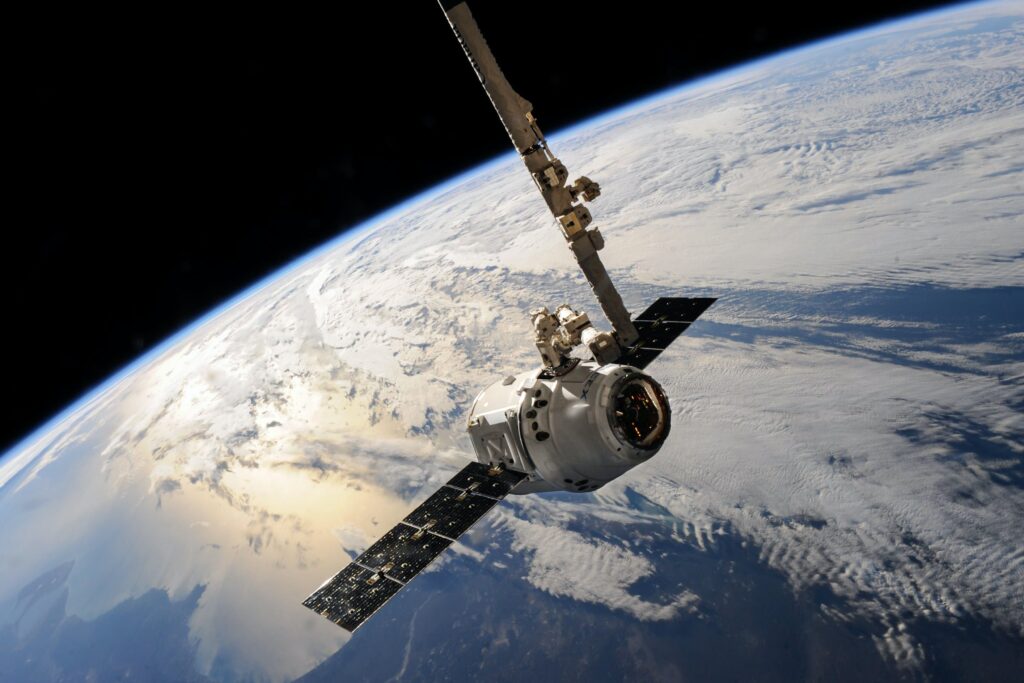A very impressive start to 2024: India has successfully launched an astronomy satellite, XPoSat, starting a year packed with pivotal tests for its human spaceflight program and the prospect of a joint crewed mission with NASA.
About XPoSat
India has initiated 2024 with the successful launch of an astronomy satellite, XPoSat, on a Polar Satellite Launch Vehicle (PSLV). The launch took place at 10:40 p.m. Eastern on December 31, deploying XPoSat into a 650-kilometer orbit approximately 22 minutes later. Weighing 469 kilograms, XPoSat carries instruments designed for X-ray polarimetry measurements to provide data for studying neutron stars, black holes, and supernovae.
After XPoSat’s deployment, the PSLV’s fourth stage moved to a 350-kilometer orbit, carrying the PSLV Orbital Experimental Module (POEM) 3. This module is designed to host ten experiments, including fuel cells and thrusters from various sources, and is expected to operate for about a month.
Significantly, lowering POEM-3 to 350 kilometres is a strategic move to minimize debris by reducing the orbital lifetime of the upper stage, representing India’s commitment to responsible space practices.
Significant start of another ambitious year
The great start follows the successful year of 2023, with around 220 orbital launch attempts worldwide. With seven successful launches using PSLV, Geosynchronous Satellite Launch Vehicle (GSLV), and Small Satellite Launch Vehicle, India is set to double its launch rate in 2024, targeting 12 to 14 launches for the year. Notably, the GSLV launch of the NASA-ISRO Synthetic Aperture Radar (NISAR) Earth science mission, scheduled for March 30, stands out as a significant collaboration between the two space agencies.

However, what might even be more important for the Indian Space Research Organisation (ISRO) in 2024 is its Gaganyaan human spaceflight program. In October, an uncrewed capsule was successfully tested on a suborbital flight to evaluate the launch abort system, and now ISRO is preparing for a series of test flights. ISRO Chairman S Somanath emphasized that “2024 is going to be the year of Gaganyaan,” with plans for two more test flights of the vehicle, followed by an unmanned orbital mission. The first crewed Gaganyaan flight could happen not earlier than 2025, missing the initial target set by Prime Minister Narendra Modi for a 2022 launch to commemorate India’s 75th independence anniversary.
Spaceflight cooperation between India and the U.S.
The next Indian astronaut to venture into space might do so aboard an American spacecraft. Following a June 2023 summit between Prime Minister Modi and President Joe Biden, both countries announced the development of a “strategic framework for human spaceflight cooperation” by the end of the year. This collaboration includes training Indian astronauts at NASA’s Johnson Space Center and the ambitious goal of a joint mission to the International Space Station (ISS) in 2024.
Despite the ambitious plans, additional details regarding the strategic framework and the joint ISS mission have not been disclosed by either government. A November 9 fact sheet by the U.S. State Department reiterated the intention of launching a joint mission to the ISS in 2024 and training Indian astronauts at NASA’s Johnson Space Center, but the specifics remain undisclosed. The collaborative efforts between India and the United States in the realm of space exploration will undoubtedly be important, and experts will keep an eye on events related to the issue.



